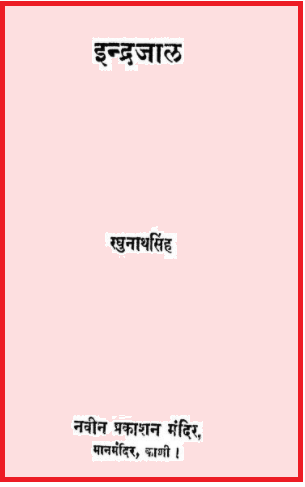

The Maharaja made the city into a major financial and commercial hub of South India, by inviting Syrian Christian families and Brahmins from adjoining areas. Thrissur rose to importance after Maharaja Sakthan Thampuran ascended the throne of Kingdom of Cochin (1769–1805) and made Thrissur his capital. With the help of the Dutch, the royal family of the Kingdom of Cochin recaptured Thrissur from the Zamorin of Calicut in 1710. In the beginning of the 17th century the Portuguese power was reduced and Dutch became the main power. The Portuguese ruled many parts of Kerala in the 16th century, including Thrissur. Image of main entrance of Vadakkunnathan Temple seen from Swaraj Round from Illustrated Guide to the South Indian Railway Īpart from being the cultural nerve centre of Kerala, it is also a major academic hub and is home to several educational institutions including the Kerala Kalamandalam, Kerala Agricultural University, Kerala University of Health Sciences, Kerala Veterinary and Animal Sciences University, St Thomas College, Jawahar Bal Bhavan Thrissur, Kerala Institute of Local Administration, Kerala Forest Research Institute, Kerala Police Academy, Police Dog Training Centre, Excise Academy and Research Centre, Government College Of Music And Performing Arts, Government College of Fine Arts, Government Law College, Government Engineering College and Government Medical College.

Thrissur attracts the largest number of domestic tourists in Kerala.

The city is also a big centre for silks and gold jewellery. The city is the headquarters of four major scheduled banks, South Indian Bank Ltd, Catholic Syrian Bank, Dhanalakshmi Bank and ESAF Small Finance Bank as well as several chit funds. India's first mosque, Cheraman Juma Masjid, is believed to have been constructed in 629 CE. Antony's Syro-Malabar Catholic Forane, Our Lady of Lourdes Syro-Malabar Catholic Metropolitan Cathedral and Our Lady of Dolours Syro-Malabar Catholic Basilica, the largest Christian church in India. There are three major Catholic churches, the St. Thrissur has a large number of well-known temples including the Vadakkumnathan temple, Thiruvambadi Sri Krishna Temple, Paramekkavu temple, and Guruvayur temple. The city has historically been a centre of Hindu scholarship, and Christianity, Islam and Judaism are believed to have entered the Indian subcontinent through Thrissur and its surrounding areas. Religion is important and varied in Thrissur. The festival is held at the Thekkinkadu Maidan in April or May, in the Malayalam month 'medam'. The city hosts the Thrissur Pooram festival, the most colourful and spectacular temple festival in Kerala. It contains the Kerala Sangeetha Nadaka Academy, Kerala Lalithakala Akademi and Kerala Sahitya Academy.

Thrissur is also known as the Cultural Capital of Kerala because of its cultural, spiritual and religious leanings throughout history. Thrissur was once the capital of the Kingdom of Cochin, and was a point of contact for Arabs, Romans, Portuguese, Dutch and the English. It is located 304 kilometres (189 mi) north-west of the state's capital city, Thiruvananthapuram. The city is built around a 65-acre (26 ha) hillock called the Thekkinkaadu Maidaanam which seats a large Hindu temple. It is the third largest urban agglomeration in Kerala after Kochi and Kozhikode, and the 21st largest in India. Thrissur ( Malayalam: ( listen)), formerly Trichur, also known by its historical name Thrissivaperur, is a city and the headquarters of the Thrissur district in Kerala, India. Gold capital of India, Cultural capital of Kerala


 0 kommentar(er)
0 kommentar(er)
